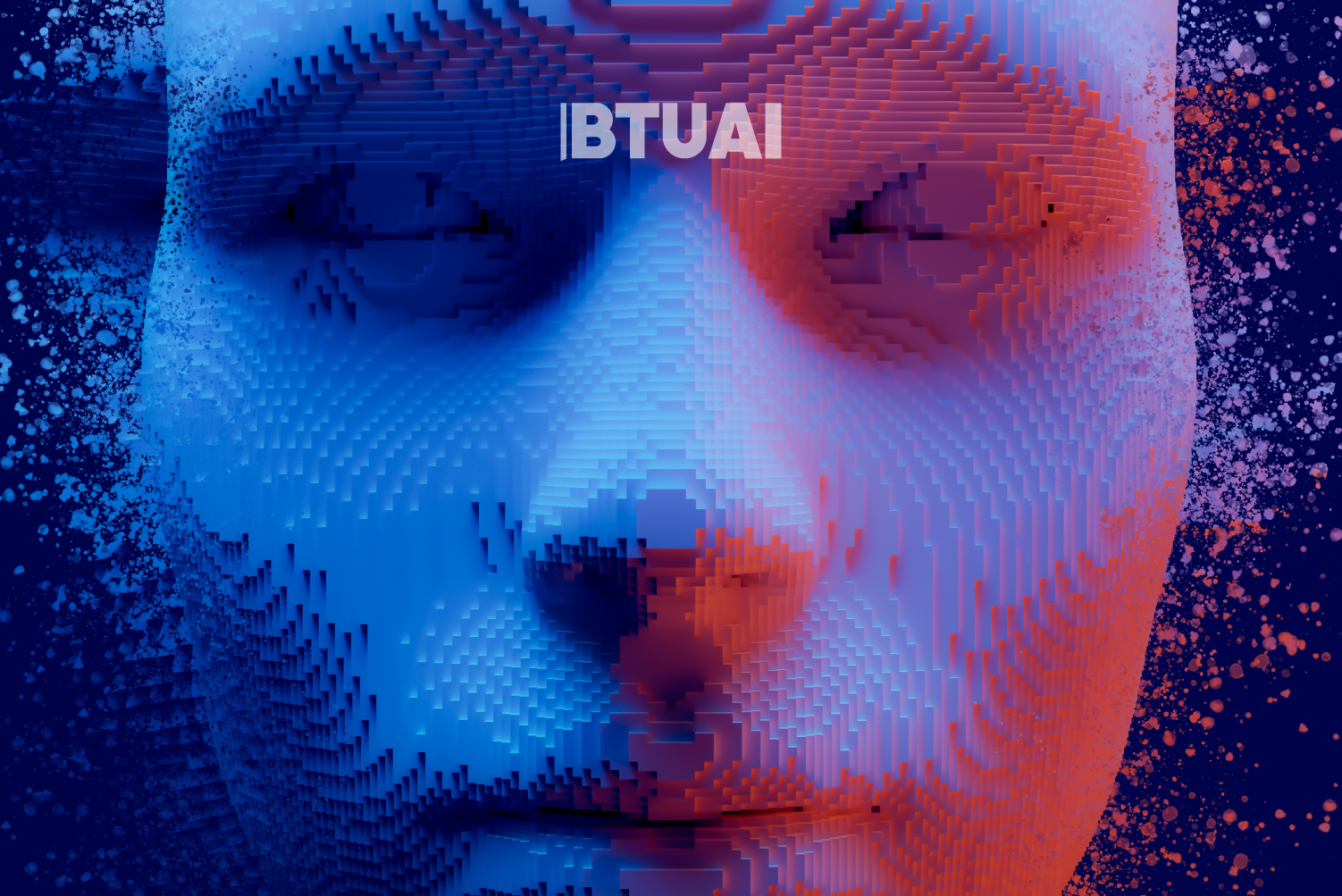In Which Sectors Is Generative AI Used the Most? Insights from Claude’s Data
In Which Sectors Is Generative AI Used the Most? Insights from Claude’s Data The role of artificial intelligence is

In Which Sectors Is Generative AI Used the Most? Insights from Claude’s Data
The role of artificial intelligence is growing across various industries, but its adoption is not uniform. In some fields, AI has already become an integral part of daily work, while in others, its implementation is progressing at a slower pace. Anthropic, the company behind Claude.ai, conducted a study analyzing over a million user interactions to determine which sectors use generative AI the most and how these trends compare to the broader labor market.
The analysis revealed that AI interactions are most prevalent in technical and analytical fields, particularly in industries where data processing, coding, and content generation play a crucial role.
The biggest disparity observed in the study was in computer and mathematical occupations, which far surpass all other industries in AI usage. Programmers, data analysts, and engineers use AI for code generation, debugging, algorithm optimization, and technical documentation improvement. Conversations related to these topics make up 37 percent of all Claude interactions, despite the fact that these professions account for only a small portion of the overall U.S. workforce.
Education and research sectors also demonstrate high engagement with AI. The data shows that teachers, academic professionals, and librarians frequently use AI in the learning and teaching process. This suggests that generative AI plays an active role in both the creation of educational materials and knowledge acquisition. Notably, scientists and medical researchers use AI extensively to process information and generate new ideas, particularly in life sciences and healthcare.
Creative fields also show relatively high AI activity. Professionals in art, design, and media often rely on AI for text and idea generation, visual concept planning, and simplifying creative processes. Conversations in these industries account for 10 percent of all AI interactions on Claude, significantly exceeding their share in the overall workforce.
On the other hand, industries that rely heavily on physical labor and direct customer interaction have much lower AI usage. Sectors such as transportation, construction, food service, and healthcare support show minimal engagement with AI, indicating that generative models are still not as effective for hands-on, manual tasks.
One exception is healthcare practitioners, who, while not replacing their direct patient care responsibilities with AI, actively use it for research, documentation, and improving diagnostic processes. Conversations related to this field make up 13 percent of all AI interactions on Claude, nearly double their representation in the workforce.
The findings indicate that generative AI is currently most utilized in analytical, technical, and creative tasks, where users rely on it for idea generation, data processing, and content creation. In contrast, adoption remains slow in manual labor, service, and logistics industries, suggesting that AI technology has yet to achieve significant automation in these types of professions.
It will be interesting to see how these trends evolve in the coming years. Will generative AI expand more broadly into traditional sectors, or will its primary role remain concentrated in creative and technical fields? For now, the data clearly shows that AI is most commonly used by professionals working with text, code, and data, while its presence in labor-intensive industries remains minimal.




